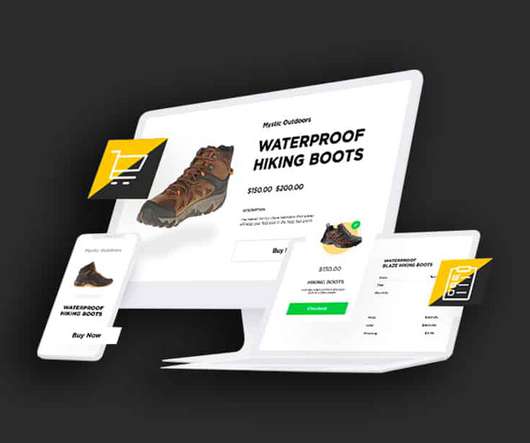The Role of WordPress Ecommerce in the Coming Content and Commerce Era
BigCommerce
AUGUST 10, 2018
Think more expensive products, B2B, etc. Deploy a headless commerce model , the newest and increasingly most successful. Outside of the B2B scope, the main purpose of this strategy is to build a brand with high customer lifetime value, i.e. a fantastic customer experience from awareness through retention. Download Your Guide.











Let's personalize your content